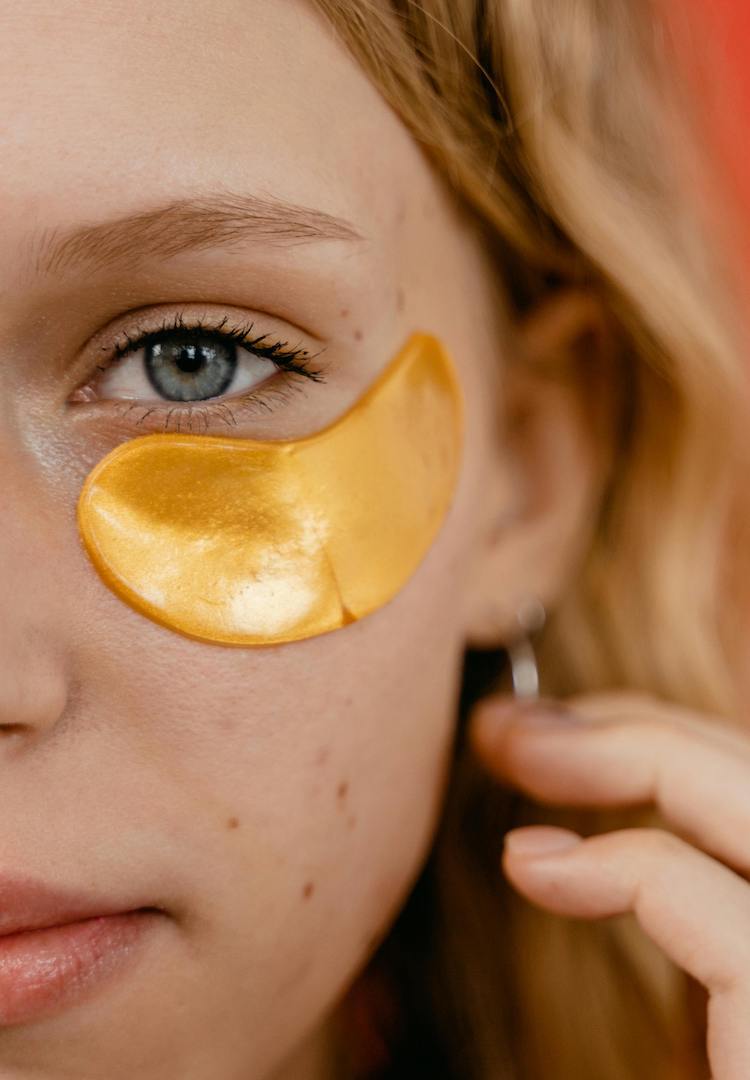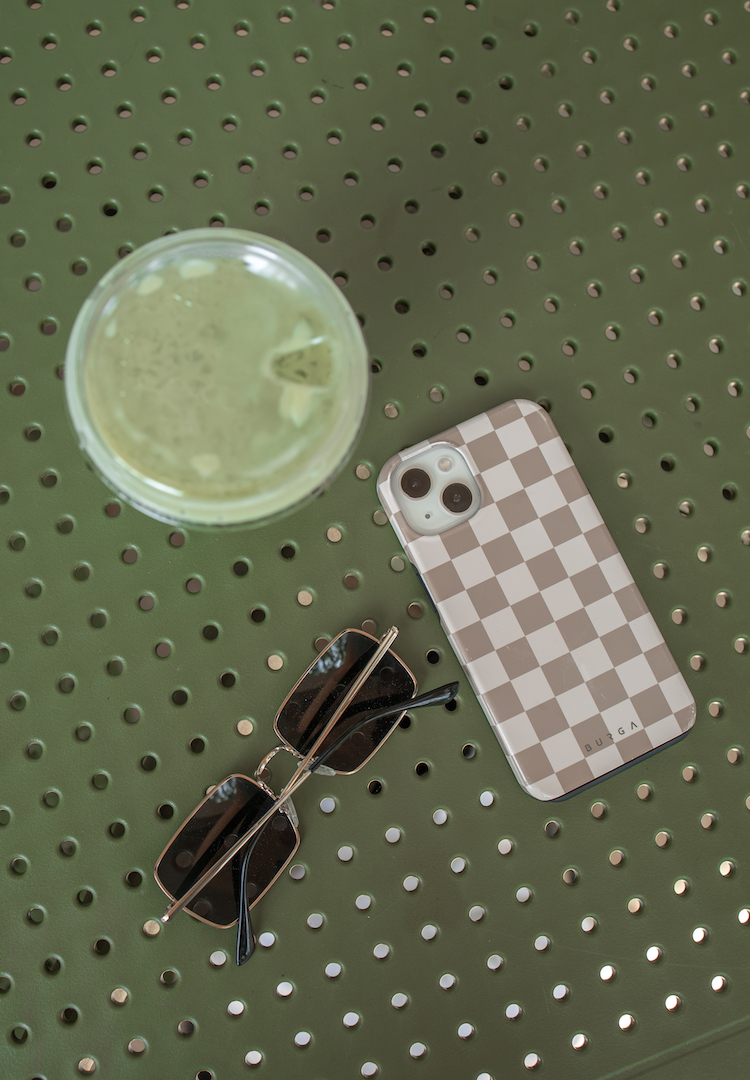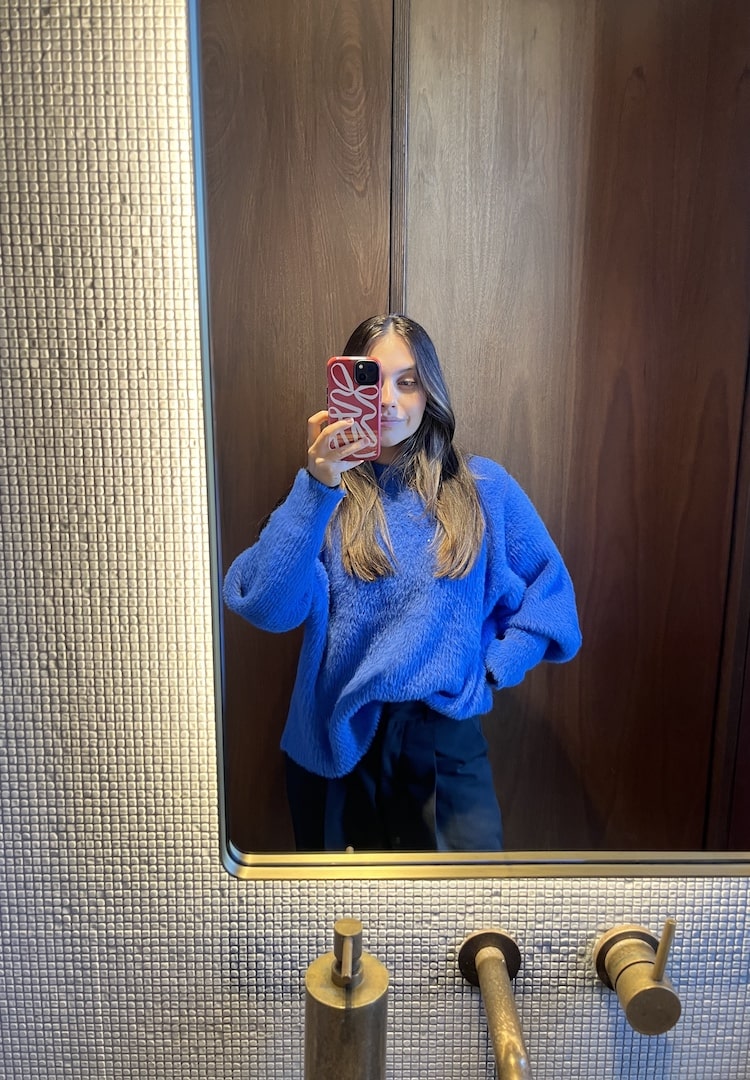What is a thread lift? A cosmetic doctor explains
words by kaya martin
“There’s a lot of information out there about thread lifts and there’s a lot of myths as well.”
Gone are the days when cosmetic procedures were hidden in the shadows. Nowadays, we’re just a few clicks away from the rabbit hole. Do you want to see a woman get her nose pumped up with filler or a man getting a full hair transplant? Even if you don’t, you probably will. God bless the algorithm.
With so many before-and-after pictures and procedure videos plastered across the internet, it’s easy to have our opinions swayed. But even though certain treatments look good on camera, it doesn’t mean they’re actually all that effective.
We like nosy people. Don’t be shy, head to our Beauty section for more.
Thread lifts may be one of the most talked about treatments on the internet. Praised by some for their minimal downtime, feared by others for their potential complications, they’re a facelift-style treatment that’s grown astronomically in popularity over the last five years. If you’re looking to deepen your understanding of the controversial treatment, we’re getting down to the facts.
Short length PDOs
If you’re on the cosmetic surgery side of social media, you’ve probably seen those pictures of people with a bunch of pink plastic things sticking out of their faces and necks.
These are called short-length polydioxanone thread lifts (PDOs) and according to Dr Amy Chahal, Founder of the Centre for Medical Aesthetics in Sydney, despite their popularity online, they’re not all that great.
“It seems to be a really fad treatment on Instagram and stuff,” says Dr Amy. “People in clinics will say that they lift – I would say that they generally don’t, especially done in the way that they’re done by most practitioners – so they’re generally a waste of time in my opinion.”
Dr Amy says the short PDO threads are said to stimulate collagen and they’re encouraged by some nurses because they’re relatively easy to do. But to see a real effect, clients need to come back for multiple treatments, which can cause quite a bit of pain, bruising and swelling.
Long-length thread lifts
At her clinic, she offers the long-length thread lift – a process that she says is much more effective, while not as visually appealing as the short-length PDOs.
“A [long length] thread lift is a minimally invasive procedure that can be done in clinic without general anaesthetic. A local anaesthetic is used to numb the patients and what we’re essentially doing is inserting long lifting barbed threads under the skin.”
The purpose of the treatment is to create a mechanical lift that contours the face, as well as stimulate collagen by creating a foreign body response. “When you have that inflammation you get a cascade of inflammatory factors which then stimulate fibroblasts which then give you collagen,” says Dr Amy.
Because it’s all done through keyhole surgery, there are only tiny holes left in the face, which typically heal in around a week. However, occasionally there can be skin puckering at the point of entry or facial nerve damage that lasts following the procedure.
Dr Amy says the typical thread lift patient is 35 or older and looking for a little revitalisation as their skin begins to sag due to decreasing levels of collagen around that age.
Considerations
Although long-length thread lifts are a minimally invasive procedure, Dr Amy says those thinking about getting one still have a few considerations to make. In 2021, the treatment came under fire as journalists from the BBC went undercover to a training program in the UK where they found inadequate hygiene practices, dangerous mistakes and students vaping and drinking alcohol before the procedure.
While participants in the course weren’t legally certified to complete the procedure, the investigation gave the practice somewhat of a bad reputation among cosmetic surgery circles.
Even if the thread lift goes smoothly, as mentioned earlier, there’s always the risk of skin puckering at the entry and exit points of the thread. In rare cases, there can also be facial nerve damage that lasts following the procedure and infection.
Generally, patients will experience a bit of discomfort and swelling in the week or two following the procedure. Dr Amy emphasises how important it is that patients shop around to find doctors who are skilled and qualified to perform the procedure.
“I think there’s a lot of information out there about thread lifts and there’s a lot of myths as well,” she tells me. “Again, the most important thing is to find someone who does a lot of these and can show you good results, can show you good before-and-afters, because not everybody does them and not everyone does them well.
“I’d say there are some people who are great at them, like me,” she laughs. “Just make sure you’re finding the right person.”
For more on thread lifts, head here.










